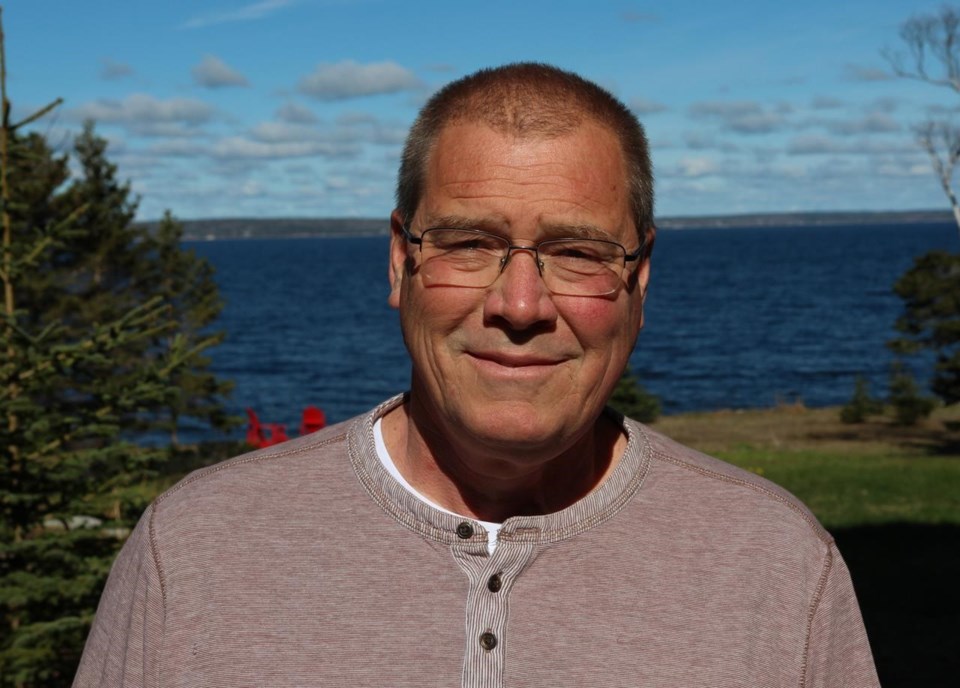Mike Parkhill remembers receiving a call from a community leader in a northern Ontario First Nation about three years ago asking if he had a tool that might help students learn Ojibwe.
Parkhill, who runs a company that creates programs to help revitalize Indigenous languages, didn't have such a tool at the time but the idea to create one took root.
A year and a half later, Parkhill and his team began developing a digital program to help teach Ojibwe, eventually launching it in September 2022. Use of the tool has been growing – nearly 3,000 people, including 1,800 students largely from northern Ontario, are taking lessons from it – and the program could soon expand to hundreds of students in southern Ontario.
"It has all been grassroots, we haven't promoted it,” said Parkhill, who is not Indigenous but has been working to develop ways to help Indigenous language preservation and revitalization efforts for years.
"It makes it really easy to get up in the morning, and you know you're ... making a difference on people's lives."
The web and app-based tool – called Anishinaabemowin – was conceived by Parkhill and his company, SayItFirst, which received funding to develop it from the Indigenous-operated post-secondary Seven Generation Educational Institute and the Rainy River District School Board. The board has been using the program and providing feedback.
The goal of the tool is to help revive Ojibwe, an Indigenous language spoken in parts of Canada and the U.S.
The York Region District School Board is currently experimenting with the platform as part of a pilot project and could soon implement it widely, said Jodi Johnston, the Ojibwe language co-ordinator at the board.
Currently, 320 students and 26 board staff and teachers have access to the tool. Another 230 students could use the tool if the program is greenlit for board-wide use this month, Johnston said, with that number possibly rising in the future to up to 2,000 students, including 650 who identify as Indigenous.
"It's a great opportunity for everybody, not just Indigenous students, but non-Indigenous students too," she said.
“It is a tool that puts language right in the hands of any learner, at multiple age groups ... Whether you're just starting your language journey, or you're improving your literacy skills or listening skills, or you're well on your way, I think there is a module for you in that app that will support your learning."
Young students have shown increased interest in learning Indigenous languages in the last few years, Johnston said.
Chloe Belisle, a Grade 8 student in Nipigon, Ont., said she has been using the program to learn Ojibwe since last year.
“It is just (a) really, really cool app,” she said over the phone, her mother by her side. “There are so many interesting words that you can learn ... I have really been wanting to learn it.”
Despite not being a member of an Indigenous community, Belisle said she wanted to learn the language and share it with others.
While initially designed for school students, the free platform is accessible to anyone interested in learning Ojibwe.
Delphine Vincent, a 51-year-old originally from Hudson, Ont., who now lives in Banff, Alta., said she started taking classes on the platform in September, and hopes to finish the course by June.
She said learning Ojibwe is giving her the sense of belonging to her heritage, which she said she lost after her mother died at a young age, and when she moved away from her community decades ago. She said she dreamt of her mother after signing up for the class.
“I woke up with the best feeling that she was there with me and that she supports what I'm doing,” she said. “It gives me a connection to her, a connection to my family and a connection to the past."
Vincent said she always wanted to learn Ojibwe but she didn’t have the chance until last year when she saw a post on Facebook about the course.
“It was a challenge that I was willing to take and try, so I went into it, and it has been fantastic so far,” she said.
Brent Tookenay, the chief executive officer at the Seven Generations Educational Institute, which is helping expand the program, said language is a part of First Nations culture crushed by many policies of colonial governments.
Revitalization efforts, including the Ojibwe learning tool, are helping, he said.
"We are creating more speakers now than we are losing," he said. "There is still a lot of work to be done, but we're starting to steer the boat in the right direction."
This report by The Canadian Press was first published Feb. 1, 2023.
Sharif Hassan, The Canadian Press



